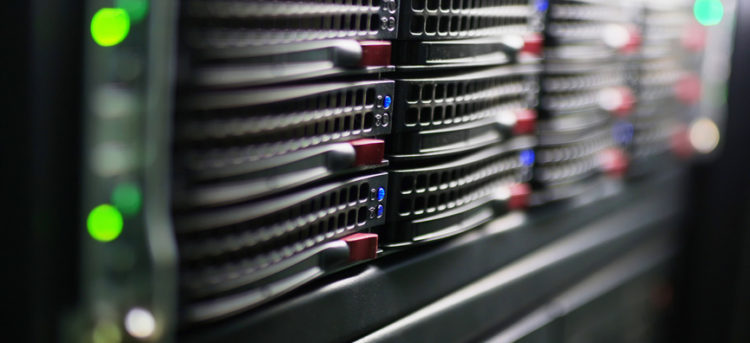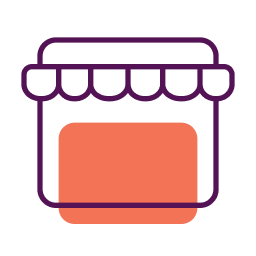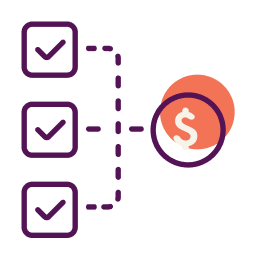Miles “Holmes” McGinnis first started his computer consulting business, Amerimart, in the early 1990s. He was a database programmer who consulted for several Fortune 1000 companies, and enjoyed 10 years of solid work with his growing client base. Then, during the Dot-com collapse in the early 2000s, Holmes lost many of his clients because of excessive speculation and growing fears regarding the future of Internet-based companies. Suddenly, he was faced with no work, aging technical skills, a growing pile of bills and no regular paying customers.
Things started to turn around in 2009, when he met his wife and moved from Texas to Tennessee to plant his roots with her and restart his consulting company. He started learning about cloud systems, taking training courses in hopes of erasing his 10-year absence from the world of computer consulting, and in 2013 renamed the business Amerimart Cloud Systems.
Holmes still faced one big hurdle, however, after restarting and rebranding his business. To grow the business, he would need a server at home with a solid, fiber optic connection to support telecommuting with his new cloud computing clients, but he needed an infusion of cash to make it happen.
In November 2016, Holmes contacted Nav’s Credit and Lending Specialist, Pam, about getting business credit cards to finance the purchase. Pam explained that, with Nav eligibilty scores under 70%, Holmes was unlikely to qualify for business credit cards. Applying for these cards would lead to inquiries on his personal credit, lowering his personal credit scores and decreasing his approval odds for securing alternative financing. (You can check your own eligibility scores and approval odds for financing with a Nav account.)
Fortunately, Holmes had a good alternative. Pam helped him identify an equipment lease from Time Payment, for which he met all the requirements. An equipment lease would allow him to use the server he needed for the business as the required collateral for the lease. By February, Holmes secured the equipment lease and now has an up-to-date Windows server installed in his home, allowing him to enter the cloud computing market.
We asked Holmes about his experience setting up his business and accessing the financing he needed. Here’s what he had to say.
What’s been the most rewarding part about getting your business back up and running?
Now that I have the server at home, I’m able to telecommute, video conference and interact with clients who have hired me remotely. I can also continue to do cloud systems and do them with some of the same Fortune 1000 clients I had before the Dot-com bubble. After that bubble burst, things were pretty bad for a while. It’s nice to be back in the market again with this new cloud computing approach to helping businesses I consult with.
Have you taken steps to improve your credit?
Before I spoke with Pam I wasn’t really paying close attention to my credit. The closest I came to trying to understand it was using CreditKarma. What I liked about Nav is that you explain what goes into both the personal and business credit, and I love the eligibility scores that help me understand what I am able to qualify for.
Pam from your team advised me to pay down my debt to improve my overall credit. I’ve gained about 50 points on my personal credit score and I’ve established business credit with the major business credit reporting agencies. I used BusinessLauncher to establish my business credit, like securing tradelines to establish my D&B PAYDEX score.
My eligibility scores are getting better and better, I’m even starting to see pretty high approval odds for business credit cards. I’ve been able to get a gas card, too.
What’s in store next for Amerimart Cloud Systems?
I’m looking at marketing the cloud program. I will market to new companies, particularly ones that have logistics software problems to be solved. I’m starting to put the business on the map—for example I created a Google Business account under the Amerimart Cloud Systems name.
As a volunteer project, I have an interest in education and training. I’m trying to put together a small group of people to host an educational and training website for disaster recovery. That’s different from the business, but logistics could be a component—for example, organizing a way to get water and supplies to people or get volunteers to areas where people need help.
This article was originally written on July 17, 2017 and updated on October 3, 2023.



Have at it! We'd love to hear from you and encourage a lively discussion among our users. Please help us keep our site clean and protect yourself. Refrain from posting overtly promotional content, and avoid disclosing personal information such as bank account or phone numbers.
Reviews Disclosure: The responses below are not provided or commissioned by the credit card, financing and service companies that appear on this site. Responses have not been reviewed, approved or otherwise endorsed by the credit card, financing and service companies and it is not their responsibility to ensure all posts and/or questions are answered.